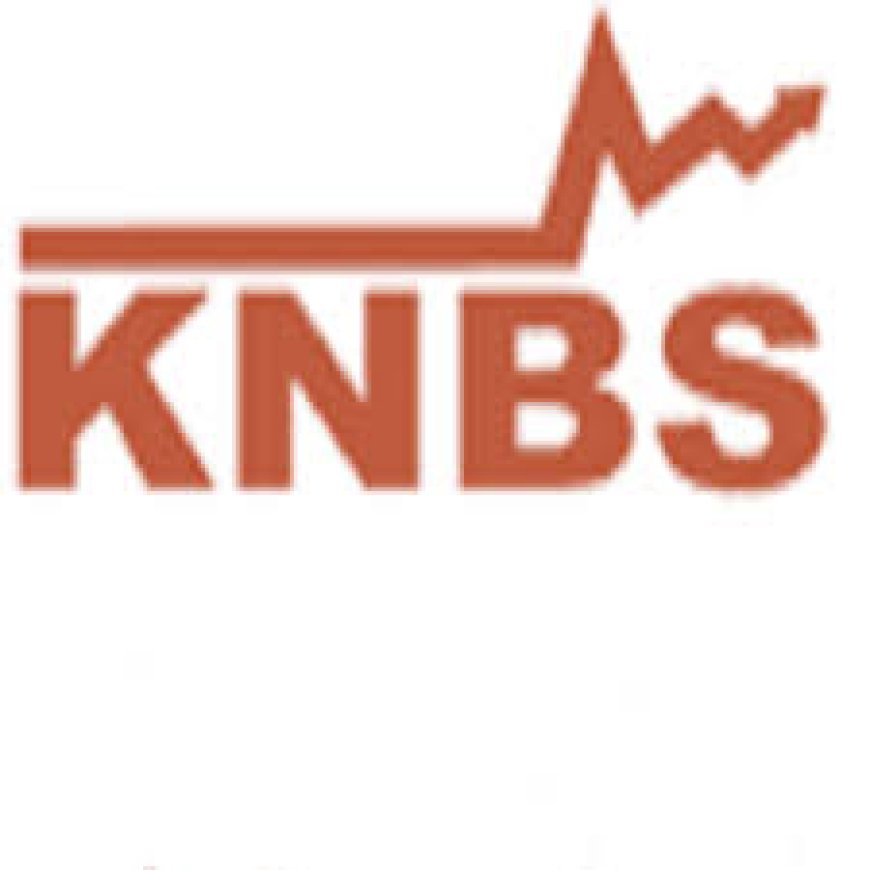Kenya’s Inflation Rate Drops to 3.6% in September 2024

By Robert Mutasi
The Kenya National Bureau of Statistics has reported that the Kenyan year-on-year inflation rate for September 2024 decreased significantly from 4.4% in August 2024 to 3.6%.
This report shows that the general price level in September 2024 was 3.6% higher compared to the same month in 2023, hence indicating a slowdown in the inflationary pressure.
The inflation in September 2024 was 0.2% per month, hence a relatively stable cost of living for the past month.
The main determinants for this increase in inflation on a yearly basis were the rising goods and services prices of major sectors that are classified in the Classification of Individual Consumption by Purpose (COICOP) system.
This Food and Non-Alcoholic Beverages Index realized an increase of 5.1% from the same month of last year, September 2023 to September 2024.
This index is very important as it contains the staple foods, vegetables, and other daily essentials that are very impactful in household expenditure, especially among poor families.
Excluding the food category, the housing, water, electricity, gas, and other fuels index rose 2.6% in the past year.
This category has significance in monitoring the cost of living, since it covers household expenditure items of housing and utilities, which usually form a very key component of the household budget.
Even though the headline inflation rate may look like it is easing, Kenyans are still being squeezed by higher energy and utility costs.
The other key component of the CPI, the Transport Index, which increased 0.5% for the same period.
The slight rise could reflect fuel prices and public transportation costs.
These are factors that confront the population with the capacity to move around and have an effect on daily expenditures.
CPI is a crucial macroeconomic indicator. It allows the tracking of price changes and, therefore, forms the basis for economic policy decisions.
It measures the aggregate change in retail prices paid by consumers for a basket of goods and services.
KNBS collects retail prices from selected outlets across 50 data collection zones, 14 of which are located in Nairobi. These outlets cover the lower, middle, and upper-income areas.
With the inflationary trends slowing down, Kenyan consumers enjoy some relief with this fall in the general inflation rate.
With inflation for necessities such as food and shelter still rising, the pressure remains on households-and poorer ones in particular.
What's Your Reaction?



































































































































































































































































































